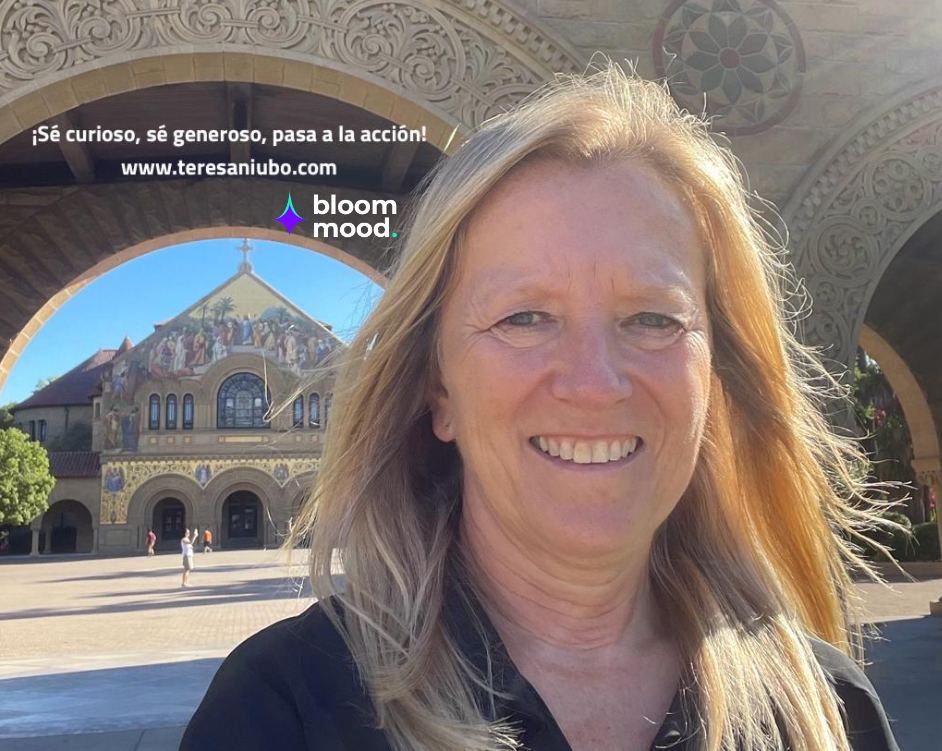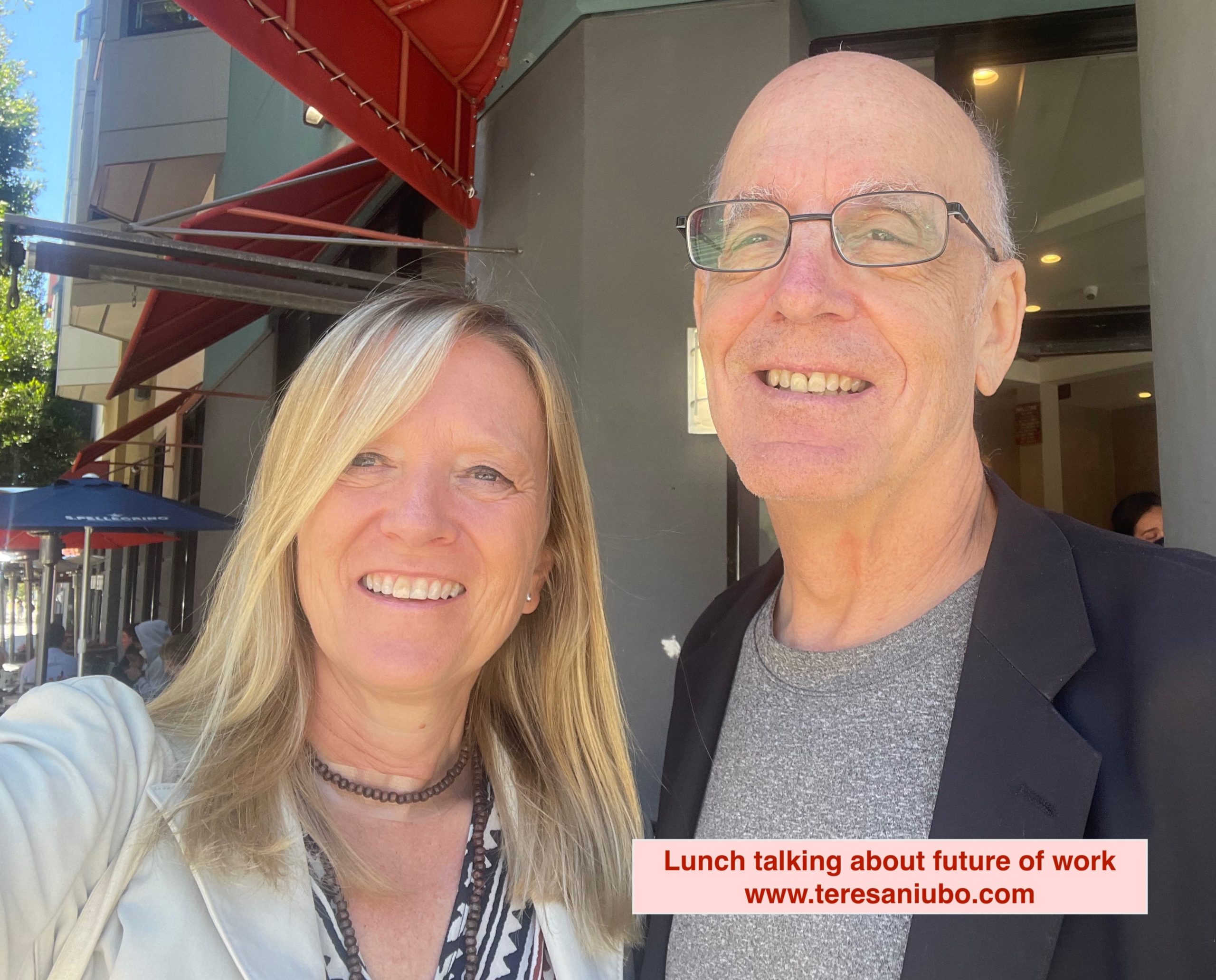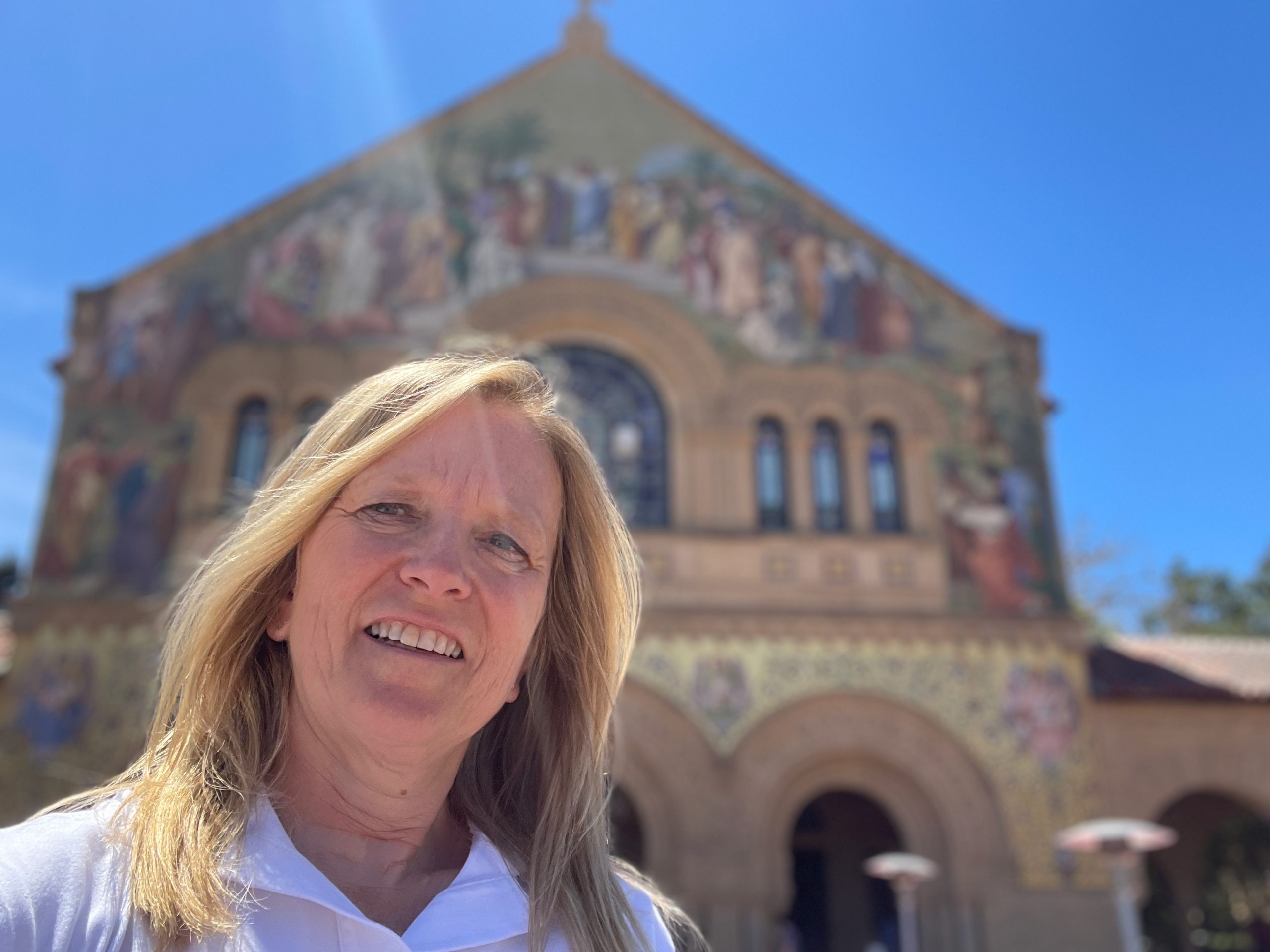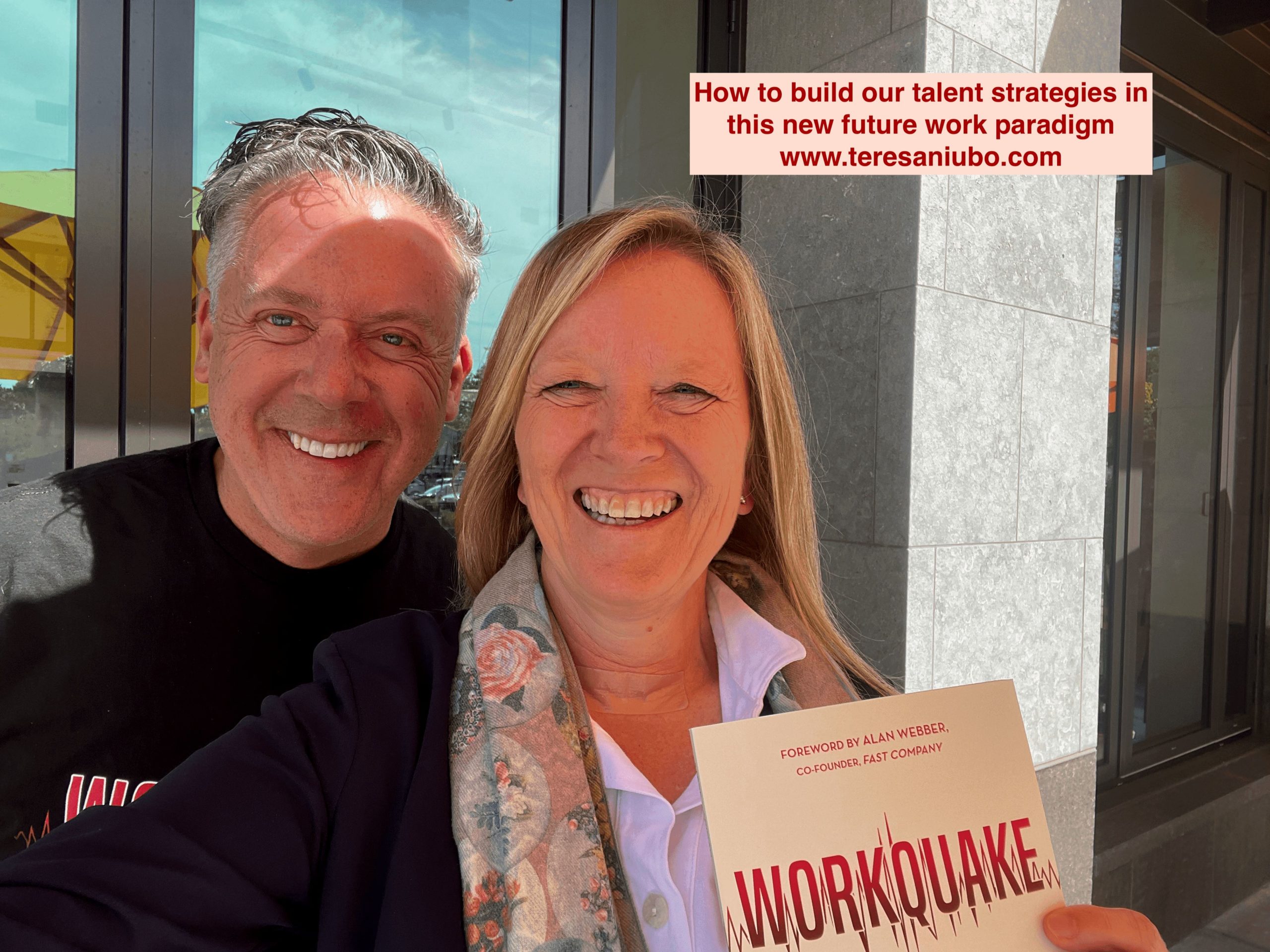
Talent strategies in the new work paradigm
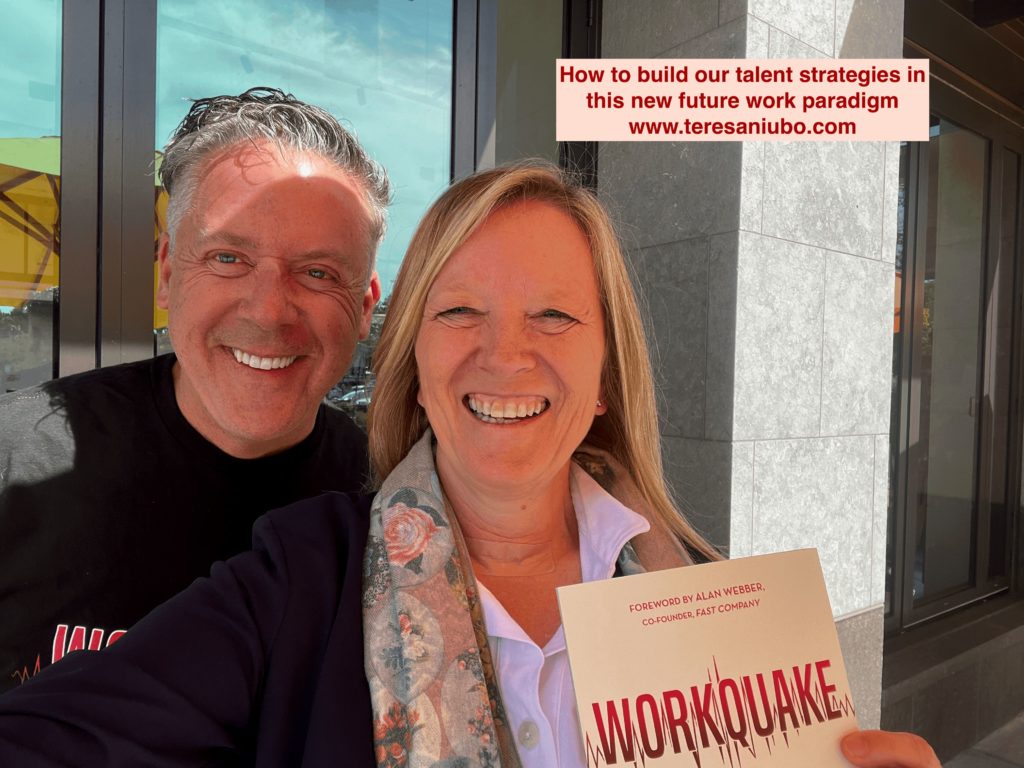
I was excited about having a meeting with Steve Cadigan. We agreed to meet at Menlo Park, near the train station. Just before we met I received a message saying: “How do you like your coffee? I will order it for us. Cream? Sugar? Cold? Hot? Large? Small?”. It made me smile, I had almost forgotten so many options you have to decide before taking a coffee in the US.
I’ve known Steve Cadigan for many years, he was the first LinkedIn’s Chief HR Officer and one of the faculty members at ISDI when I did the MIB, and since then, I’ve been following him. He is one of the leading experts when it comes to global talent strategy and company culture. For the last years, he has dedicated his expertise to the understanding of the future of work, and how this affects worldwide organizations.
I was curious and eager to learn about his point of view about the future of work and how people and organizations need to adapt to this new trend. We chatted over a coffee and we talked about new talent strategies for growth and development. Changes caused by the emergence of technology and globalization, make organizations consider building new talent strategies that work within this matter.
The world is rapidly evolving, and we are increasingly facing radical changes in technology and new challenges. Technological disruption is not going to slow down, therefore, ambiguous situations will increase. For these reasons, industries should adapt to this new reality.
We need to be bold when thinking that the future of work requires readdressing the employer-employee relationship.
The future of work requires readdressing the employer-employee relationship
I also took the opportunity to read his book Workquake. This empowering book mainly focuses on “embracing the aftershocks of Covid-19 to create a better model of working”. It expresses a captivating point of view about the future of work while making references to Steve Cadigan’s own experiences and stories.
These are some ideas that made me reflect upon our talk about how to build our talent strategies in this new future work paradigm.
How to build our talent strategies in this new future work paradigm
The best competitive advantage you can develop is the ongoing capacity to grow, learn, and expand your desire to learn. I loved the definition of learning agility by Abhishek Jha: “learning agility is knowing what to do when you don’t know what to do”.
Learning agility is knowing what to do when you don’t know what to do (Abhishek Jha)
Steve puts emphasis on lifelong learning, which implies being in a constant state of curiosity about your environment. We need to build the habit of keeping your eye on our next move, therefore, the question is not if your working world will change, the question is when! Overall, we must keep learning and find joy in the process of discovery. All these messages resonated so deeply with me!
Companies need to take the long view in their talent strategy and this means moving from a “retaining the employee” strategy to a “retain the relationship” strategy.
Talent Strategy: moving from a “retaining the employee” strategy to a “retain the relationship” strategy
One concept that Steve is repeatedly saying is: “Our network matters!”. Companies have overvalued employee retention and undervalued the power of movement. Turnover brings better networks and hence a higher flow of ideas, which is the precursor of innovation.
In addition, when we develop employer branding strategies, companies in the future should also have a new recruiting slogan; “Come to my company so I can help you leave it”. Employers must offer their employees the opportunity to acquire the kind of skills and experiences that will keep them relevant and in-demand long after they leave the company. This way, they frame an employer-employee relationship that continues beyond just the period of employment.
Framing an employer-employee relationship that continues beyond just the period of employment
Steve called my attention to the concept of “the power of alumni”, departing staff may return one day armed with even more experience and expertise (for instance, the most famous boomerang employee of all time is Steve Jobs). Taking this into account, we should start measuring the quality of organizations by how many people return. Great ideas that he raised to establish a corporate alumni network were: hold alumni network events, ask them to come in and be judges for Hackdays, appoint them to advisory boards inside your firm, call them for advice, and build an alumni mentor program.
Moreover, your value as an employer will be measured by how quickly your firm can learn and apply new skills. Nowadays companies still value experience over potential, they focus on what a person has previously accomplished versus what they can achieve. The shift implies focusing on predicting the future instead of rewarding the past.
The message Steve wants to convey is clear; even if periods of chaos and reinvention may seem unpleasant and challenging, it is in these periods of time that there are the greatest periods of growth.
Even if periods of chaos and reinvention may seem unpleasant and challenging, it is in these periods of time that there are the greatest periods of growth (Steve Cadigan)
I felt grateful for this mind-blowing conversation with Steve, I could not stop taking notes!! And I would be happy to hear your point of view. Pls, feel free to add it in the comments!

Human Centred Design | Design Thinking | Transformación Cultural | Experiencia de Cliente | Experiencia de Empleado | Coaching de Equipos | Executive Coaching


